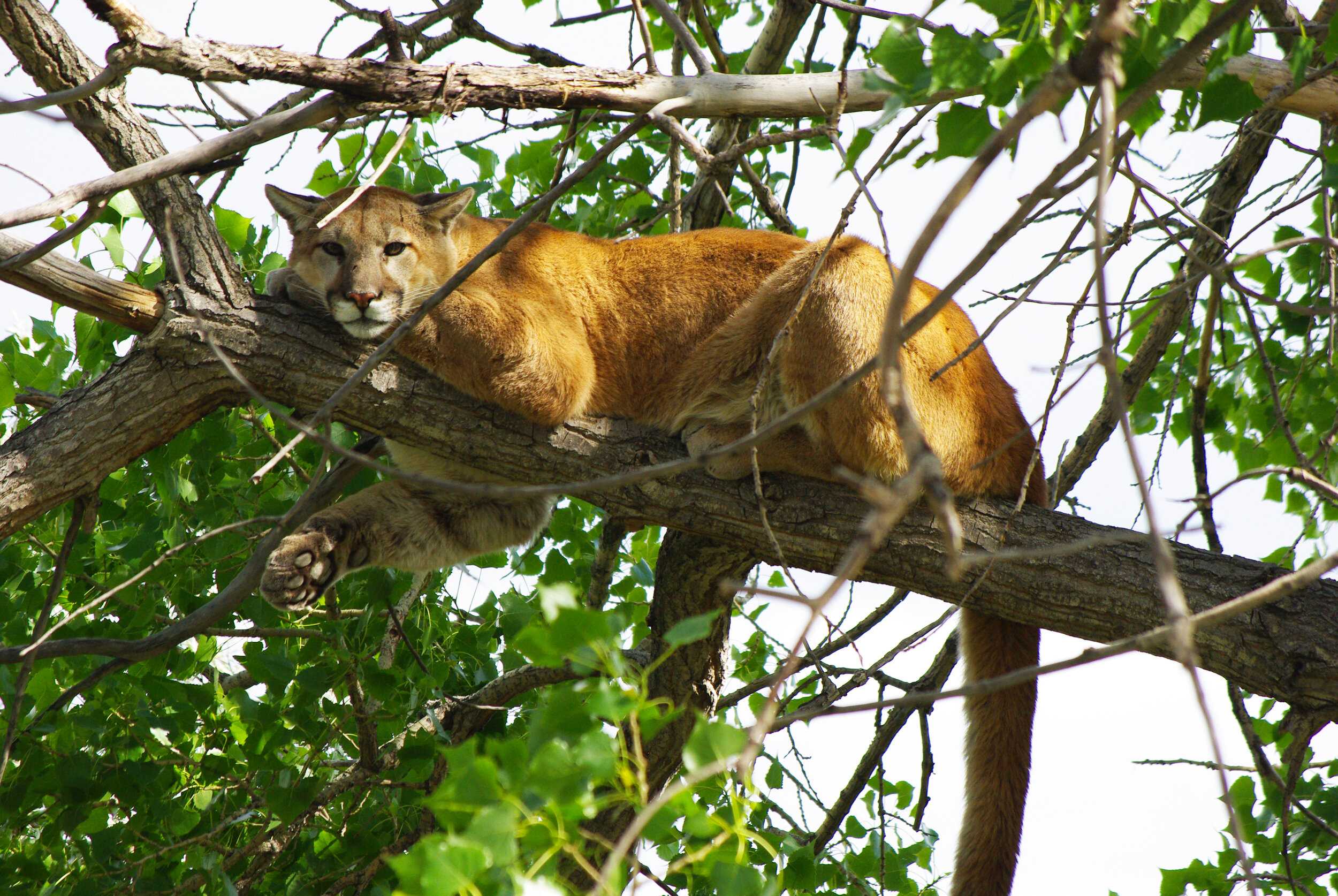Last week, a mountain lion was spotted wandering around Juniper Lane on Sonoma State University’s campus. The University sent out an email to students warning them about the sighting of the mountain lion and informing them of what to do if they come in contact with one of these big cats.
SSU’s police chief Nadar Oweis said in the email, “In an abundance of caution, we are informing the campus community about this report, to ensure everyone who is present on campus is safe and vigilant. If you spot a mountain lion on campus, walk away and leave the area. DO NOT run or approach the animal. If a mountain lion approaches you, stay calm, face the animal, make noise and try to make yourself appear larger by waving your arms or putting your arms over your head.”
The last time a mountain lion was spotted roaming around the streets in Sonoma County was in April of 2019, the lion was at the Santa Rosa Plaza and was very alarming to local residents, many of whom shared the sighting on social media. The mountain lion was put to sleep by animal rescue professionals with a dart and then released back into the wild. This is the first mountain lion to be seen in the populated areas of Sonoma County.
The term “mountain lion” refers to a species of large cats which includes panthers, pumas, and cougars etc. Mountain lions play a large role in the ecosystem and mountain lion specialist Dr. Quinton Martins, Director of the Living with Lions program in Sonoma County, suggested that oftentimes mountain lion sightings can be confused with other wildlife animal sightings, like coyotes. But in the case that this was a confirmed mountain lion sighting, he gives his insight and knowledge as to possibly explain why a mountain lion was seen on campus.
“It’s quite likely to be a younger animal moving through trying to avoid prime mountain lion habitat. The younger cats live with their mom for 12 -18 months and then the mom gets tired of them and kicks them out. Then for the next two years they are on their own and don’t know where they are and they are just exploring trying to find a place to inhabit,” said Martins.
Martins specifically works with mountain lions by tracking them and learning more about their whereabouts, in order to be able to educate others about the importance of mountain lions to the ecosystem. He also explained how he uses his knowledge of mountain lions to help dispel common myths and fears that people have about them.
“Acknowledging that mountain lions are living around us and respecting the fact that they are around is important,” Martins said. “The mountain lion is a great ambassador to connect people to wilderness and the fact that they are here makes it accessible to educate people about the environment and the importance of having intact ecosystems. They are at the top of the chain and it is important to educate others on the importance of habitat conservation. Understanding how important it is to coexist will prevent individuals from just killing them, because this doesn’t fix the problem or make any sense, and instead, just messes up the system.”
One thing to consider is that mountain lions are always around us– whether we see them or not. It is important, though, to keep in mind that many things pose a threat to human life, like vending machines and large tree branches. An article by The Press Democrat said, “Since 1890, the California Department of Fish and Wildlife reports that only 17 verified mountain lion attacks on humans have happened in California. In more than 130 years, only six resulted in human fatalities. By comparison, 13 unlucky Americans are killed by falling trees, every year.”





![[Both photos courtesy of sonoma.edu]
Ming-Ting Mike Lee stepped in as the new SSU president following Sakakis resignation in July 2022](https://sonomastatestar.com/wp-content/uploads/2024/04/CC4520AB-22A7-41B2-9F6F-2A2D5F76A28C-1200x1200.jpeg)


























